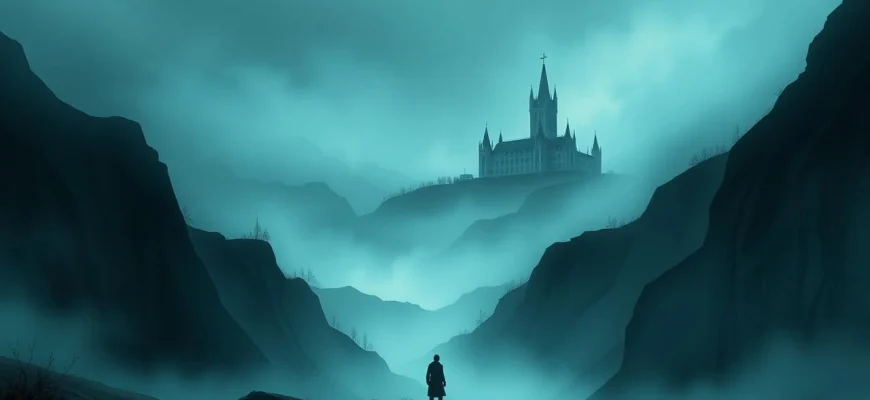If you were captivated by the eerie atmosphere and psychological twists of 'A Cure for Wellness' (2017), you're in for a treat. This article explores 10 movies and shows that share its unsettling themes of mystery, isolation, and psychological horror. Whether you loved the gothic aesthetic, the slow-burning tension, or the mind-bending narrative, these recommendations will keep you on the edge of your seat. Dive into this curated list to discover your next chilling watch.
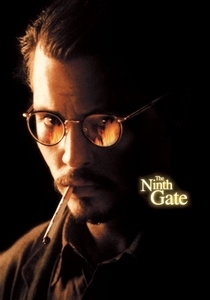
The Ninth Gate (1999)
Description: Directed by Roman Polanski, 'The Ninth Gate' shares with 'A Cure for Wellness' a fascination with the occult, secret societies, and the pursuit of forbidden knowledge. Both films feature protagonists who are drawn into a world of mystery and danger, with a slow-burning narrative that rewards careful attention. The gothic visuals and atmospheric tension are hallmarks of both movies.
Fact: Johnny Depp stars as the rare book dealer at the center of the story. The film is based on the novel 'The Club Dumas' by Arturo Pérez-Reverte. Polanski's direction creates a sense of unease that lingers long after the film ends.
 Watch Now
Watch Now 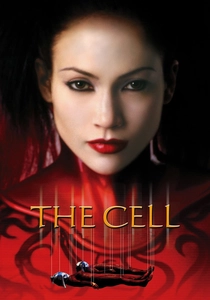
The Cell (2000)
Description: 'The Cell' and 'A Cure for Wellness' both feature stunning, surreal visuals that blur the line between reality and fantasy. Both films explore the human psyche in extreme and often disturbing ways. The use of dreamlike sequences and elaborate set designs creates a unique visual style that sets both films apart from conventional horror.
Fact: 'The Cell' stars Jennifer Lopez as a psychologist who enters the mind of a comatose serial killer. The film's director, Tarsem Singh, is known for his visually striking films. The elaborate costumes and sets were inspired by the works of artists like Damien Hirst and the Brothers Quay.
 Watch Now
Watch Now 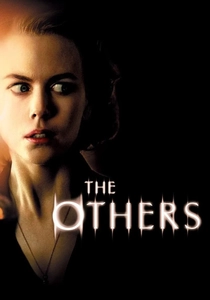
The Others (2001)
Description: 'The Others' shares with 'A Cure for Wellness' a gothic horror aesthetic and a slow-burning narrative that builds tension through atmosphere rather than jump scares. Both films explore themes of isolation, the supernatural, and the unreliability of perception. The twist endings in both movies force the audience to reconsider everything they've seen, adding a layer of psychological complexity.
Fact: 'The Others' was directed by Alejandro Amenábar, who also composed the film's score. Nicole Kidman's performance in the film is often cited as one of her best. The film was shot almost entirely on location in Spain, using natural light to enhance its eerie atmosphere.
 Watch Now
Watch Now 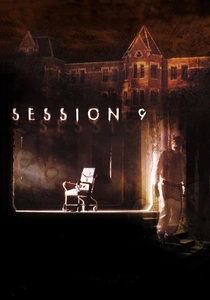
Session 9 (2001)
Description: Like 'A Cure for Wellness', 'Session 9' is set in an abandoned asylum, playing on the inherent creepiness of such locations. Both films use the setting to explore themes of mental illness, past traumas, and the supernatural. The psychological horror elements in both movies leave viewers questioning what is real and what is imagined.
Fact: 'Session 9' was filmed at the real-life Danvers State Hospital, which was abandoned at the time. The film's title refers to a series of audio tapes found in the asylum, which play a key role in the plot. Director Brad Anderson used improvisation to create a more naturalistic feel among the cast.
 Watch Now
Watch Now 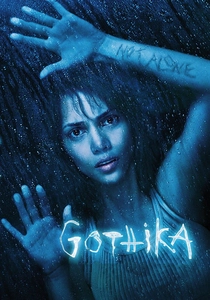
Gothika (2003)
Description: 'Gothika' shares with 'A Cure for Wellness' a focus on a protagonist who becomes trapped in a nightmarish situation within a mental health facility. Both films blend psychological horror with supernatural elements, creating a sense of paranoia and uncertainty. The visual style of 'Gothika', with its cold, blue tones, mirrors the clinical yet eerie atmosphere of 'A Cure for Wellness'.
Fact: Halle Berry starred in 'Gothika', marking one of her few forays into the horror genre. The film was produced by Dark Castle Entertainment, known for its horror remakes and original thrillers. Robert Downey Jr. plays a supporting role in the film, adding to its star power.
 Watch Now
Watch Now 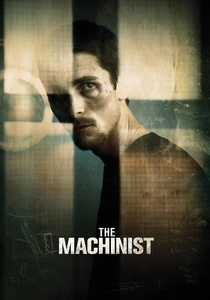
The Machinist (2004)
Description: 'The Machinist' and 'A Cure for Wellness' both explore the psychological unraveling of their protagonists. Both films use a bleak, oppressive atmosphere to reflect the mental states of their main characters. The themes of guilt, paranoia, and self-destruction are central to both stories, making them intense psychological dramas.
Fact: Christian Bale famously lost a significant amount of weight for his role in 'The Machinist'. The film's director, Brad Anderson, is known for his work in psychological thrillers and horror. The film's twist ending has been compared to classic psychological thrillers like 'Fight Club'.
 Watch Now
Watch Now 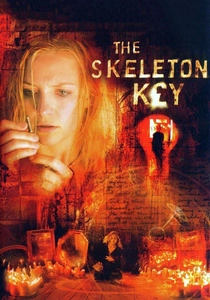
The Skeleton Key (2005)
Description: 'The Skeleton Key' and 'A Cure for Wellness' both feature protagonists who uncover dark secrets in an isolated, eerie location. Both films use Southern gothic and gothic horror elements to create a sense of dread and mystery. The themes of ancient rituals, hidden truths, and psychological manipulation are central to both stories.
Fact: 'The Skeleton Key' is set in Louisiana and makes heavy use of local folklore and hoodoo traditions. The film's twist ending is considered one of the best in modern horror. Kate Hudson, known for her roles in romantic comedies, took on a more serious role in this film.
 Watch Now
Watch Now 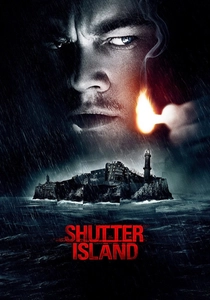
Shutter Island (2010)
Description: Similar to 'A Cure for Wellness', 'Shutter Island' is a psychological thriller that delves into themes of mental health, isolation, and the blurred lines between reality and illusion. Both films feature protagonists who uncover dark secrets within an institution, leading to shocking revelations about their own sanity. The eerie, gothic atmosphere and the use of a remote, unsettling location (an island in 'Shutter Island' and a wellness center in 'A Cure for Wellness') enhance the sense of dread and mystery.
Fact: Directed by Martin Scorsese, 'Shutter Island' was initially met with mixed reviews but has since gained a cult following. The film's twist ending has been the subject of much debate among fans. Leonardo DiCaprio, who stars in the film, reportedly had trouble distinguishing between reality and fiction during filming due to the intense nature of the role.
 Watch Now
Watch Now 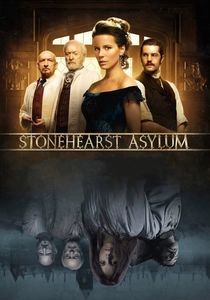
Stonehearst Asylum (2014)
Description: 'Stonehearst Asylum' and 'A Cure for Wellness' both take place in eerie, isolated medical facilities where not everything is as it seems. Both films explore themes of power, control, and the ethics of medical treatment. The gothic settings and the twist-filled narratives make them compelling psychological thrillers.
Fact: The film is based on a short story by Edgar Allan Poe, 'The System of Doctor Tarr and Professor Fether'. Kate Beckinsale and Jim Sturgess star in the film, adding to its appeal. The asylum set was designed to be both grand and unsettling, reflecting the film's themes.
 Watch Now
Watch Now 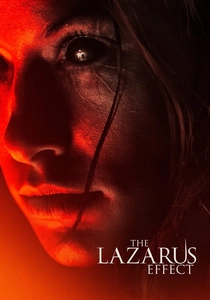
The Lazarus Effect (2015)
Description: Both 'The Lazarus Effect' and 'A Cure for Wellness' delve into the ethical dilemmas of scientific experimentation and the consequences of playing god. The films share a dark, unsettling tone and explore the boundaries between life and death, sanity and madness. The medical and scientific settings in both movies add a layer of realism to their fantastical elements.
Fact: 'The Lazarus Effect' stars Olivia Wilde and Mark Duplass as scientists who discover a way to bring the dead back to life. The film was produced by Blumhouse Productions, known for low-budget, high-concept horror films. The script was originally written as a spec script and sold quickly due to its intriguing premise.
 Watch Now
Watch Now 
